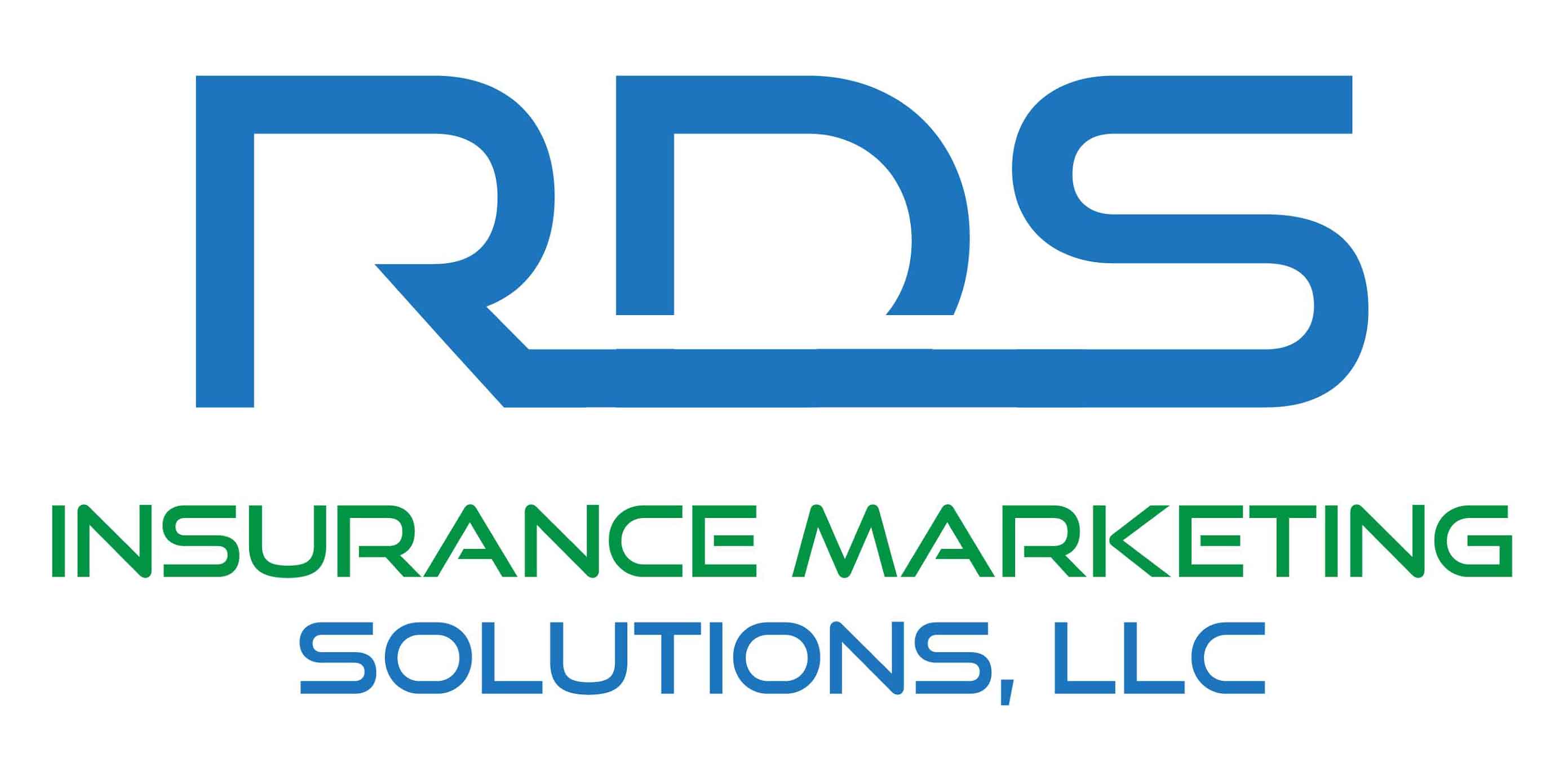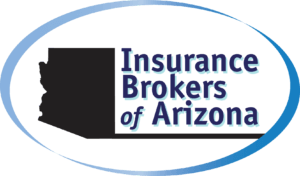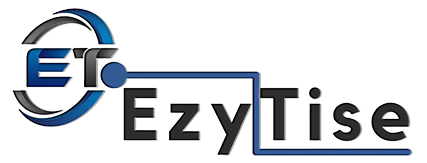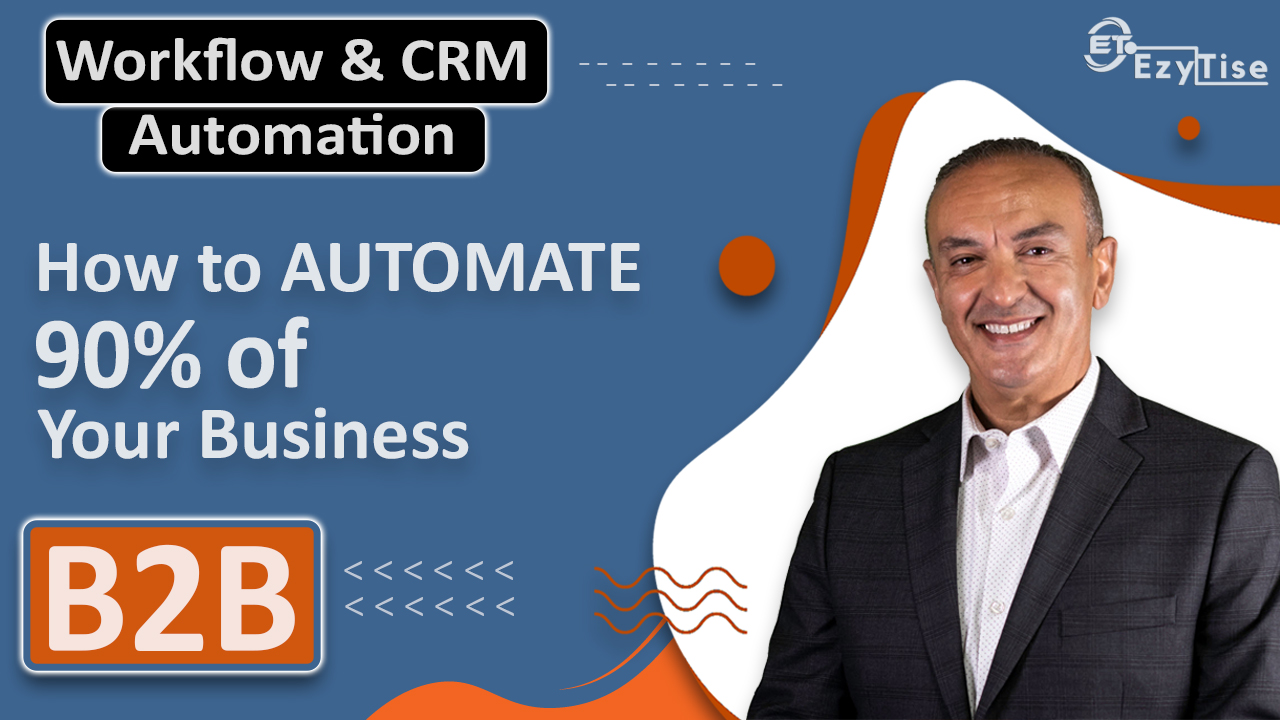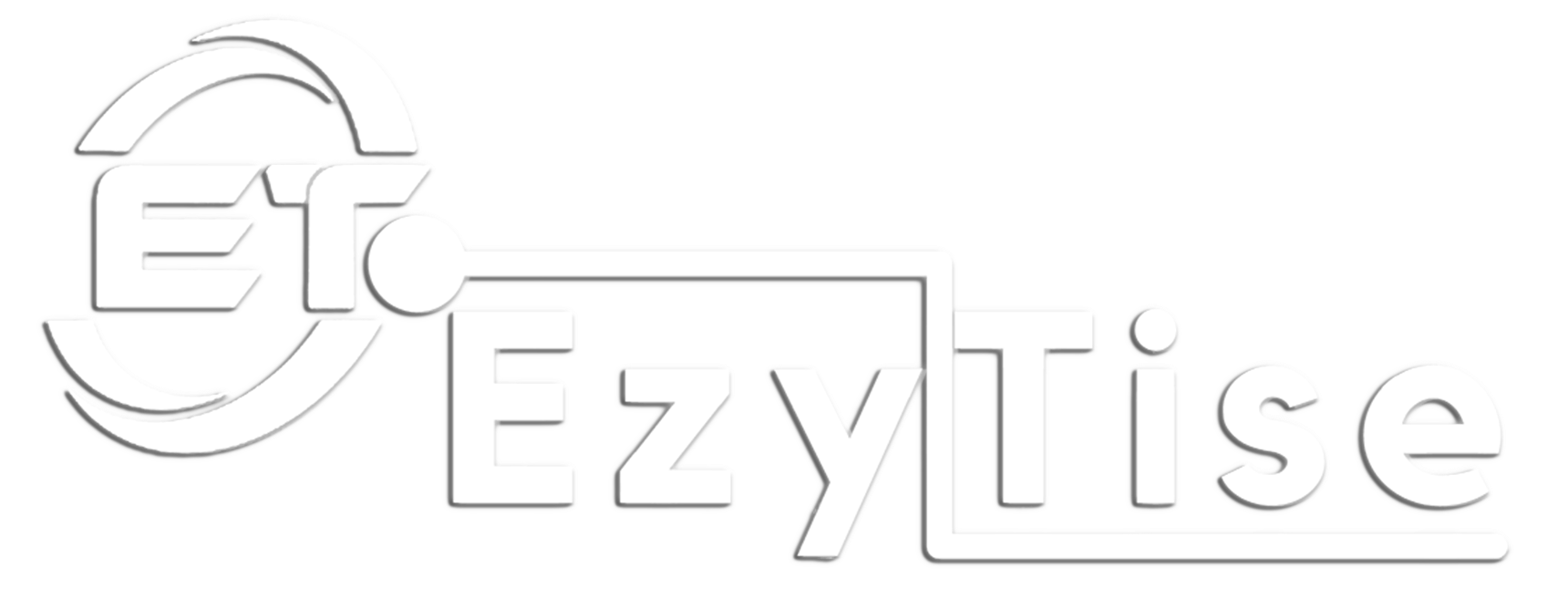Watch This Video To Learn More About How To INCREASE YOUR B2B ROI on AUTO-PILOT - Click Here
B2B Workflow & CRM Automation Blog

Pillars of Workflow & CRM Automation to Boost B2B Sales Productivity and Drive Revenue and ROI Growth
"Business-to-Business (B2B) sales can be a complex and time-consuming process, involving a variety of tasks such as lead generation, qualification, and nurturing. However, by leveraging the power of Workflow & CRM automation, companies can boost sales productivity and drive ROI growth. Automation allows companies to streamline their sales processes, reduce manual errors, and improve communication and collaboration among teams. It also provides valuable insights into customer behavior, which can be used to target the right prospects and close deals faster. By investing in workflow and CRM automation solution, businesses can increase sales efficiency, improve customer satisfaction, and ultimately drive revenue growth."

According to a study by McKinsey & Company, companies that have adopted AI in sales have seen on average a 40% increase in sales productivity. Another study by Salesforce found that companies that have implemented AI in their sales processes have seen a 37% increase in the close rate of their sales deals, while Salesforce research reports that companies that have implemented AI in their sales processes have seen a 29% improvement in their forecast accuracy. 👊
Many different types of sales organizations and businesses can benefit from implementing a Workflow and CRM Automation System. Some examples include:
B2B Sales: Businesses that sell products or services to other businesses often have a complex sales process with multiple decision makers, and sales cycles that can take months or even years. Workflow and CRM automation can help streamline the process, keep track of interactions with prospects, and provide valuable insights into the customer's buying process.
E-commerce: E-commerce businesses that sell products online can use automation to manage customer interactions and order processing, as well as tracking customer behavior and preferences to inform targeted marketing campaigns.
Sales Teams: Companies with a large sales teams, a CRM system can help managers track performance, and allows for streamlined communication and collaboration among the team members, for this way sales teams can focus on closing deals, and not on administrative tasks.
Field Sales Teams: Companies with field sales teams can also use automation to help track customer interactions and manage their sales pipeline. By using a mobile app, they can access customer data, enter notes, and update customer information while on the go, making it easy to stay up-to-date even when working remotely.
Service-Based Businesses: Service-based businesses can also benefit from automation. For example, a consulting firm can use automation to manage their sales pipeline, generate invoices and track time for their services.
Small to Med-Size Businesses: Smaller businesses that don't have the resources to hire a large sales team may find automation helpful, it can take on many of the responsibilities of a sales person, such as lead generation, nurturing, scheduling appointments and providing insights on customer behavior, which can help them to grow at a lower cost.

Overall, any business or sales organization that wants to improve the efficiency of their sales process, increase productivity, improve personalization, cost savings, and drive revenue growth can benefit from implementing a workflow and CRM automation system.
Although, as the market becomes more competitive, companies that do not adopt automation may fall behind their competitors.
Implementing AI workflow for a sales organization can bring several benefits that can help to increase productivity, improve customer engagement, and ultimately drive revenue growth. Some of the key benefits of using AI in sales include:
Automating repetitive tasks: AI-powered tools can help sales teams automate repetitive tasks such as data entry, lead generation nurture, and scheduling, which frees up time for them to focus on higher-value activities, such as building relationships with customers.
Enhancing personalization: AI can also help sales teams provide more personalized experiences for customers by analyzing data on customer behavior and preferences. This can improve the chances of closing a sale and increase customer satisfaction.
Improving forecasting and forecasting accuracy: AI can help sales teams better predict which deals are likely to close and when, giving them a more accurate view of their pipeline and allowing them to prioritize their efforts more effectively.
Enhancing customer engagement: AI can help sales teams to be more responsive and proactive with customers by providing insights, tailored messaging using real-time response.
Optimizing sales processes: AI can also be used to analyze data on sales processes, identify bottlenecks, recommend ways to optimize them, and be much more efficient.
What are best practices for a successful implementation?
When implementing an AI-powered workflow and CRM automation system, there are several best practices that can help to ensure a successful implementation. Here are a few key steps that you can take to get started:
Define your goals and objectives: Before you start implementing the system, it's important to have a clear understanding of what you hope to achieve by using it. This could include things like increasing sales productivity, improving forecast accuracy, or enhancing customer engagement. Having clear goals and objectives will help you to stay focused and measure your progress.
Analyze your current processes: Take a close look at your current sales processes to identify areas where automation and AI could be used to improve efficiency and effectiveness. It's important to understand how your sales team currently operates so you can identify the specific areas where AI can make the biggest impact.
Choose the right system: Not all AI-powered workflow and CRM automation systems are created equal, so it's important to choose one that is tailored to your specific needs. Be sure to research different options and consider factors like pricing, functionality, and integration with other systems.
Get your team on board: Implementing a new system can be a big change, so it's important to get your team on board from the start. Make sure they understand the benefits of the system and how it will help them to be more effective in their jobs. Provide training on the system and make sure that your team is comfortable using it before you go live.
Test and measure: Once you have the system set up, it's important to test it out and measure its effectiveness. This will help you to identify any issues and make any necessary adjustments before you roll it out to your entire sales team.
Continuously optimize: The AI and the system will improve with time and needs constant optimization. Keeping track of the results, updating the system and keeping it inline with current trends can help to make sure that you're getting the most out of your investment.
By following these best practices, you can help to ensure that your implementation of an AI-powered workflow and CRM automation system is a success.
When do you expect sales to improve following your successful implementation?
Once an AI-powered workflow and CRM automation system is implemented in a sales organization, it's possible to see improvements in sales relatively quickly, depending on the specific goals and objectives of the implementation. However, it's important to keep in mind that the process of implementing an AI system can be complex and may require some time to fully realize the benefits.
For example, if the main goal of the implementation is to automate repetitive tasks, such as data entry, it may be possible to see an improvement in sales productivity relatively soon after implementation. However, if the goal is to improve forecast accuracy, it may take longer to see the benefits, as the system will need time to learn from data and make accurate predictions.
It's also important to note that it's not only the AI system but how it is used, customized and optimized.
With the right implementation, training, and usage, AI-powered systems can be a powerful tool for driving sales growth and improving the effectiveness of a sales organization.
Recommendations to consider prior to implementing an AI Workflow & CRM Automation?
Prior to implementing an AI-powered workflow and CRM automation system like EzyTise, there are several recommendations that a sales organization can follow to ensure a successful implementation:
Assess the current state of your sales organization: Before implementing an AI system, it's important to have a clear understanding of the current state of your sales organization. This includes assessing your current processes, identifying areas that could be improved, and understanding the strengths and weaknesses of your sales team.
Identify specific use cases: Identify specific use cases where AI could be used to improve sales productivity, increase ROI, or enhance customer engagement. Having a clear understanding of how the system will be used will help you to choose the right solution and ensure that it is tailored to your specific needs.
Invest in data quality: The quality and the amount of data the system will be trained on will directly impact the results. Make sure that your data is accurate, complete, and up-to-date. If you have a lot of missing or inconsistent data, it can be beneficial to invest in data quality improvement.
Identify Key Performance Indicators (KPI): Define the KPI that you will use to measure the success of the implementation. This will help you to track progress, evaluate the effectiveness of the system, and make any necessary adjustments.
Get buy-in from the team: The success of an AI-powered workflow and CRM automation system depends on the buy-in and usage from the sales team. It's important to communicate the benefits of the system, provide training and make sure the team is comfortable using the new tools.
Review the vendor's reputation: The vendor and their reputation will have a big impact on your organization's performance. Review the vendor's reputation and case studies before making a final decision. We are proud of our reputation at EzyTise
Keep in mind the budget: AI systems can vary greatly in terms of cost and complexity, so it's important to have a clear understanding of your budget and the costs associated with implementation and maintenance.
By following these recommendations, a sales organization can ensure that they are well-prepared for implementing an AI-powered workflow and CRM automation system, increasing the chances of a successful implementation and reaping the benefits of AI in their sales process.
What type of cost saving can you expect from an AI Workflow & CRM Automation System
A sales organization can expect to see cost savings following the implementation of an AI-powered workflow and CRM automation system, as the system can help to automate repetitive and time-consuming tasks, freeing up resources and allowing the sales team to focus on higher-value activities. The cost savings will depend on various factors such as the size of the organization, the specific use cases of the implementation, and the complexity of the system.
One of the most significant cost savings comes from improved sales productivity. By automating repetitive tasks, AI can free up time for the sales team to focus on more strategic activities, such as building relationships with customers, which can lead to increased sales. Additionally, AI can help sales teams to better prioritize their efforts, resulting in a higher win rate for sales deals and increased revenue.
Another cost saving comes from the enhanced customer engagement, which can lead to increased customer satisfaction, a higher retention rate, and ultimately more sales. Additionally, by providing insights and recommendations for upselling, AI-powered systems can also increase the sales per customer.
It's also worth noting that the quantification of cost savings will depend on the company's specific implementation and the way they use the system. Some companies may see cost savings within a short period of time, while others may see cost savings over the long term. However, with the right approach and the right system, a sales organization can expect to see significant cost savings following the implementation of an AI-powered workflow and CRM automation system.
In conclusion
In conclusion, implementing an AI-powered workflow and CRM automation system can bring a number of benefits to a sales organization, including increased productivity, improved ROI, and enhanced customer engagement. To ensure a successful implementation, it is important for a sales organization to assess their current state, identify specific use cases, invest in data quality, define key performance indicators, get buy-in from the team, review the vendor's reputation and keep in mind the budget. With the right approach and a clear understanding of how the system will be used, a sales organization can leverage the power of AI to drive sales growth and improve the effectiveness of their sales team.
It's important to keep in mind that the specific results and cost savings will vary depending on the implementation and how the system is used. A proper analysis and implementation plan should be made before implementation to get the most out of your investment
Sales leaders are feeling the pressure to cut cost, increase ROI, increase seller productivity, win rates, and deal velocity. We [EzyTise] provides a single Sales & Marketing Platform that empowers the entire sales organization to create a predictable pipeline more efficiently on autopilot.
As an Integrated Set of Tool Platform, we have many built-in intuitive workflows for Sales Engagement, Opportunity/Pipeline Management, , Conversation Dialogue Inbox, Reputation Management, Email & SMA Marketing Campaigns.
EzyTise’ s Unique Value Proposition means that we can offer a single workflow & CRM automation solution at a much lower total cost of implementation than a duck-tapped incompatible solutions that we typically see in the market.
You can request your personalized LIVE DEMO today
Sales & Marketing Automation System
Grow Your Business On AUTO-PILOT With Our
WORKFLOW & CRM AUTOMATION

We Are Your Sales & Marketing Automation Experts
Founder & CEO of EzyTise
Our revolutionary Sales and Marketing Automation System has helped many sales oriented organizations and local small businesses like yours grow their sales revenue exponentially by efficiently managing their Leads Nurture and prospecting effort achieving a higher ROI towards new customers acquisition.
- All-In-One CRM Platform with built-in marketing campaign sequences
- 2-Way SMS and eMail marketing campaigns with automated responses
- Sales Funnels, Websites, Tracking, Conversions, Re-Targeting,,, more.
Our objective is to help you implement sales & marketing automation initiatives, strategies to take your business revenue and profits to the next level using our Software.




